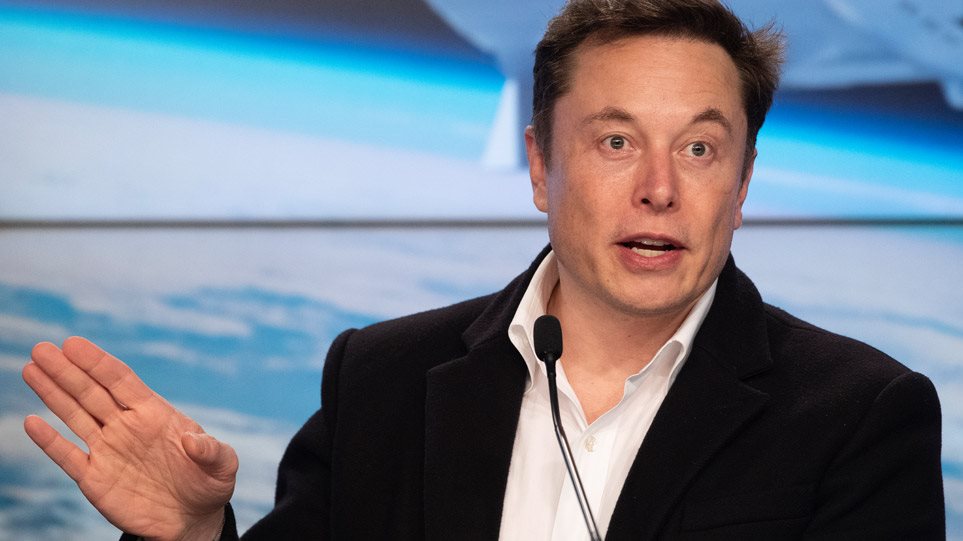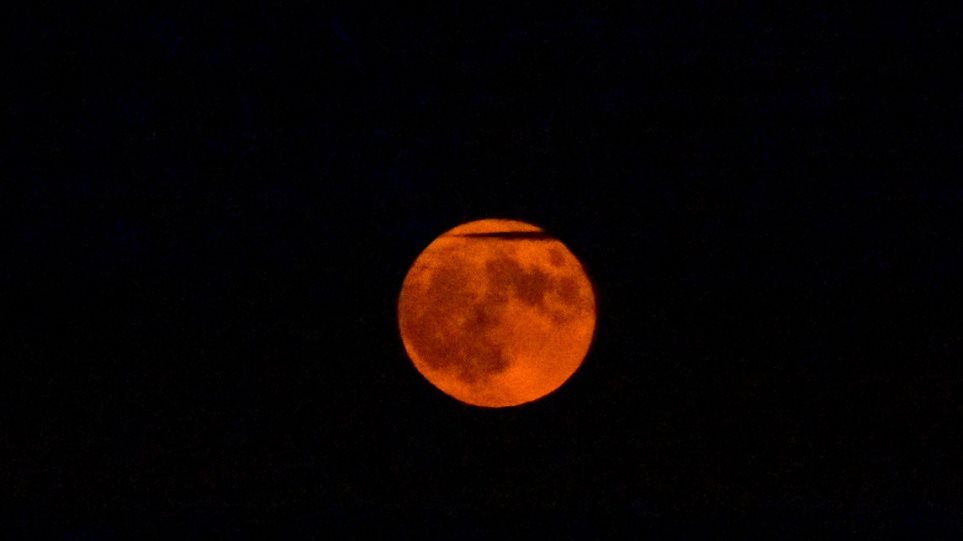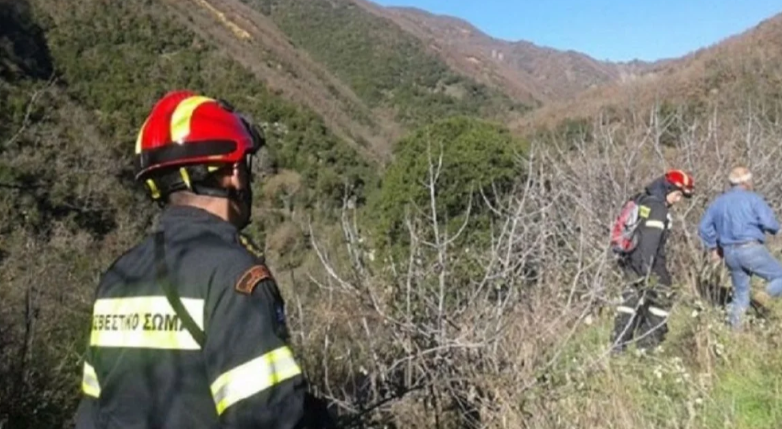Moonwalkers take heart—China’s Chang’e 4 lander has made the first detailed measurements of the intense radiation that blasts the lunar surface and found that it’s safe for human exploration. The results give researchers a better idea of how much protective shielding future crews will need.
Astronauts on the Apollo missions of the 1960s and ’70s carried dosimeters to measure their radiation exposure, but the devices captured total exposure from their entire journey—not merely their time on the Moon’s surface. Ever since, scientists have had to estimate the radiation doses of crews bounding around on the lunar surface “from extrapolation and modeling,” says physicist Robert Wimmer-Schweingruber of the University of Kiel, a co-author of the study. “We’ve never actually measured them exclusively on the Moon.”
But there is renewed interest in taking such measurements, with NASA’s Artemis program intending to land crews for long-term stays by 2024 and the China National Space Administration eying human missions sometime in the 2030s. The robotic Chang’e 4 made history last year when it touched down in Von Kármán crater on the Moon’s far side, bringing a suite of instruments along for the ride.
Why the EU Summit brought Greece & Turkey one step closer to war – Analysis
Lebanon-Israel to hold UN-mediated talks on demarcating their land & sea borders
One of these was a new dosimeter operated by Wimmer-Schweingruber and his colleagues in Germany and China. The device measured hourly radiation rates and found that astronauts would be exposed to roughly 200 times the radiation levels as people on Earth, they report today in Science Advances. The dosimeter’s placement inside the Chang’e 4 probe provides partial shielding, much as an astronaut’s spacesuit would to their body, so the findings are quite applicable to human explorers, Wimmer-Schweingruber says.
Read more:






































